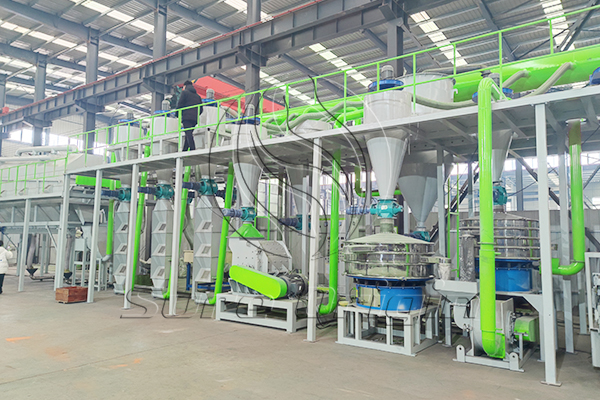In recent years, there has been a surge in the popularity of electric vehicles (EVs), solar energy storage systems, and consumer electronics, all
of which rely heavily on lithium-ion batteries. While this growth in battery use is undoubtedly beneficial for reducing carbon emissions, it also
poses a key challenge: how to manage the environmental impact of used batteries.
Lithium-ion batteries, which are widely used in electric vehicles and a variety of electronic devices, contain precious metals such as lithium, cobalt,
nickel, and manganese. Over time, these batteries age and eventually need to be replaced. In India, this has led to a growing pile of used batteries,
which pose a threat to the environment with harmful chemicals and heavy metals.
If not properly handled, these batteries can leach toxic substances into the soil and groundwater, causing long-term ecological damage. Therefore,
lithium battery recycling has become an important part of managing the growing demand for lithium batteries. Recycling these batteries not only
reduces environmental risks, but also recovers precious materials that can be reused in the production of new batteries, thereby reducing pressure
on raw material sources.
How lithium battery recycling machines work
Lithium battery recycling machines are designed to safely and efficiently process used batteries, extracting valuable metals and neutralizing harmful
substances. The process typically consists of several stages:
Battery collection and sorting: Batteries are first collected from various sources such as electric vehicles, electronics and industrial applications.
Sorting is essential to distinguish between different types of batteries to ensure a more efficient recycling process.
Discharging and disassembling: Batteries are carefully discharged to prevent any risk of fire or explosion. The batteries are then disassembled into
their individual components, including battery cells, casings and electronic circuits.
Crushing and shredding: The disassembled batteries are then crushed and shredded to break down into smaller particles so that valuable materials
can be more easily extracted.
Metal separation: Precious metals such as lithium, cobalt and nickel are separated from the remaining materials using advanced technologies such as
mechanical screening, air classification and air gravity separation.
Purification and refining: The extracted metals are purified and refined to the required reuse standards for new battery production.
Safe disposal of unusable materials: Any non-recyclable materials, such as plastics, are properly disposed of in accordance with environmental regulations
to avoid harm to the ecosystem.
Advantages of lithium battery recycling machine
Environmental protection: Recycling lithium batteries helps reduce the impact on the environment and prevents harmful chemicals and metals from
contaminating soil and water sources.
Precious metal recycling: Lithium, cobalt and nickel are essential to battery production, and recycling these materials can be reused, thus reducing the need
to mine new resources. This not only saves costs, but also protects natural resources.

Please leave your contact information and requirements, so that our professional team can contact you ASAP.